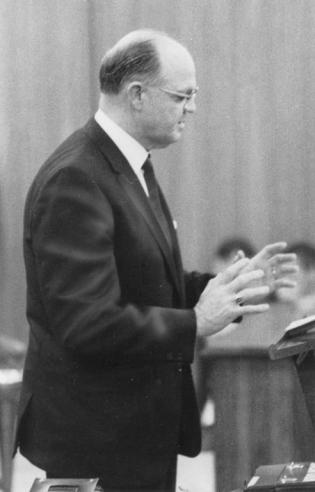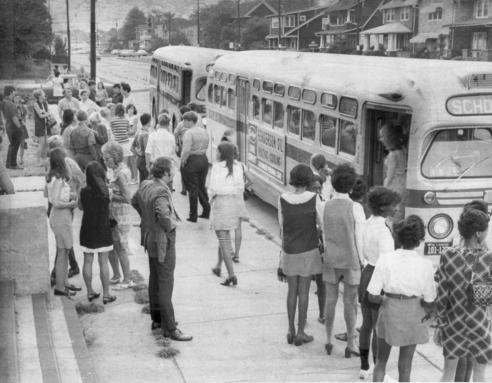Ongoing Resistance to Desegregation

(Richmond Times Dispatch)
By 1964, five years after the end of Massive Resistance, only 5 percent of black students in Virginia were attending integrated schools. The chief reason for this lack of progress was the Pupil Placement Board. In theory, the board could assign pupils to specific schools for any of a variety of reasons, not including race or color. "In actuality," writes historian Robert A. Pratt, "race was the only criterion considered; the Pupil Placement Board assigned very few black students to white schools in Virginia while it remained in operation." Roy Wilkins, executive secretary of the national NAACP said, "Virginia has the largest and most successful token integration program in the country."
Title VI of the Civil Rights Act of 1964, and the Elementary and Secondary Education Act of 1965 denied federal funds to schools determined to be resisting integration. This resulted in a bit more compliance by Virginia schools. The Pupil Placement Boards gave way to freedom-of-choice plans that enabled each student to select his or her school. The hope of state officials was that

most students would choose to stay where they were. Virtually no white students chose to go to mostly black schools.
Another way to avoid integration was white flight, either to private schools, or out of cities with large black populations to outlying, mostly-white suburbs. In Richmond, for example, the percentage of white students plummeted from 45 to 21 percent between 1960 and 1975. It was hard to have integrated schools in a district that was 80 percent black.
****
Update, January 2020: An earlier version of this essay was titled “Passive Resistance,” which was an unfortunate and misleading use of that phrase. Historically, the phrase “passive resistance” has been used to describe a range of non-violent tactics—such as sit-ins, boycotts, and so forth—embraced by civil rights activists and advocated by Dr. Martin Luther King, Jr. and other leaders. We should not have used this phrase to describe the ways in which many white Virginians continued to resist integrating schools after the state’s official and overt program of Massive Resistance ended.
***
